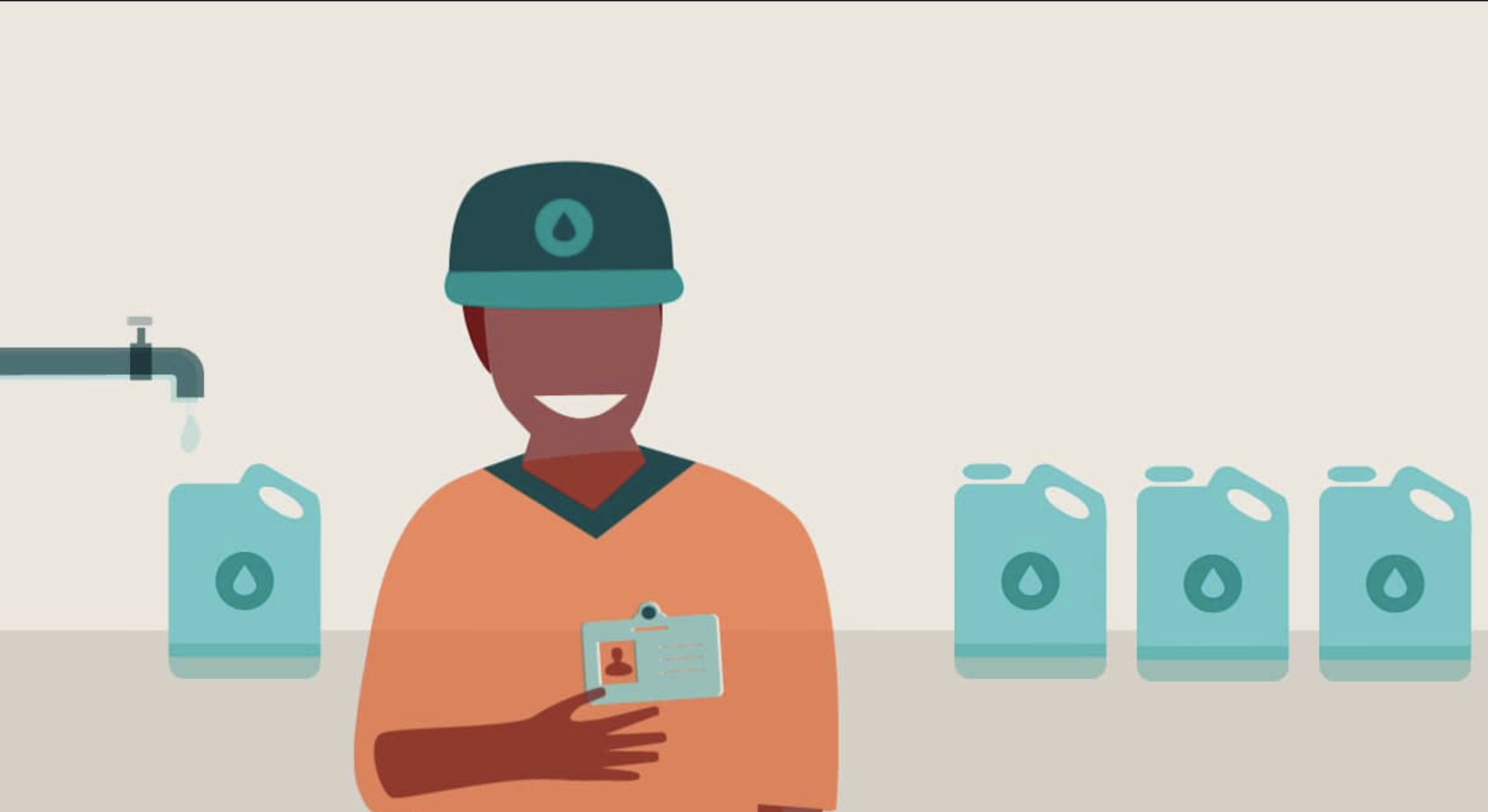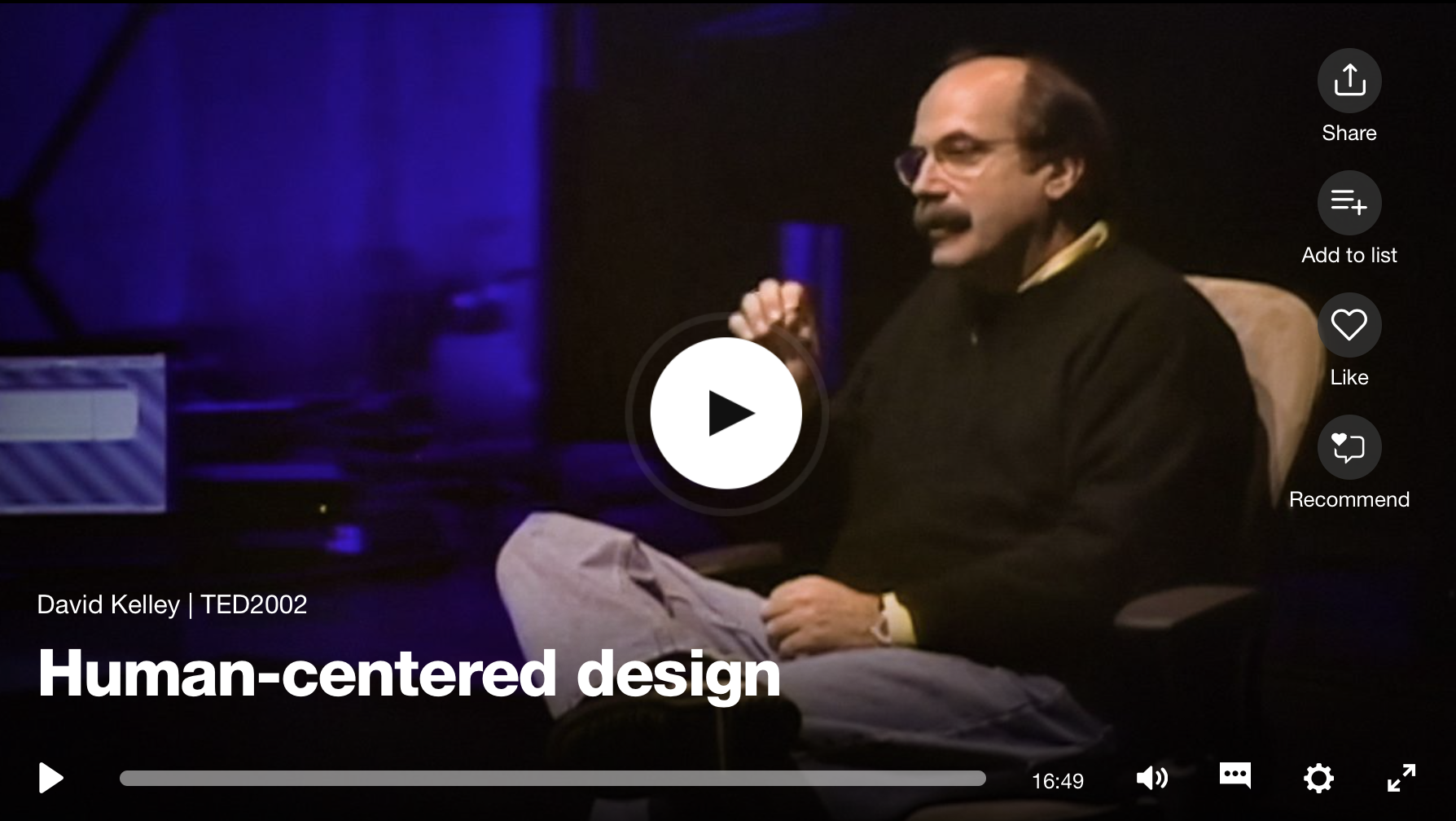Correct! While there can be many ways to arrive at this understanding, the ultimate aim is to see a problem from the perspective of the person confronting it.
Sorry, that’s not correct. Design thinking approaches can involve this but it’s why we might do it that underpins the design thinking approach.
Correct! While this is a good complement to design thinking approaches its not a design thinking approach.
Unfortunately, that’s not correct - this is one of a number of methods and tools often used in design thinking.
Correct! You can learn a lot about a problem and possible solutions by observing people experiencing it - and while data analysis is a good complement, it’s not a design thinking approach.
Unfortunately, that’s not correct. However, data analyses are a useful complement to design thinking approaches.
Correct! In government we typically don't experience the problems of the people we’re aiming to serve, so explicitly articulating and testing what we assume to be true is a key principle in human centered design.
Sorry, that’s not correct. Testing this in the context of real world experiences of people can be useful but the key underpinning principle of human centered design is more about testing the fundamental premise of our definition of problem.
Correct! Changes to policies that affect anchor institutions typically have profound impacts on the communities where they are located. Consulting widely helps to understand not only how the auto plant may need to change but also what other problems may arise as the change begins to affect families and individuals and other businesses associated with the auto plant.
Sorry, that’s not correct. There’s more to this answer.
You're right but there's more to this answer. Please try again!
Correct! NGOs are often cash-strapped but have great resources such as knowledge of particular types of problems and access to people experiencing a problem that you could talk to.
Sorry, that’s not it. NGOs are typically good for helping with this.
You're right but there's more to this answer. Please try again!
Correct! An anecdote can sometimes lead to epiphanies about the real nature of the problem. For example, is the real problem causing the low uptake of a welfare benefit that people don’t know about it or that there’s a social stigma associated with being seen to receive it?
Unfortunately, that’s not correct. Hint: You want people to offer the context that they saw as relevant to their answer.
You're right but there's more to this answer. Please try again!
Correct! Finding the difference between what people say and what they actually do can offer valuable insights. For example, someone who tells you they eat healthily might interpret that as simply “eating 3 meals a day”, regardless of the kind of food being eaten. Asking them to take photos of their meals might help you get a clearer picture of how healthily they are actually eating.
Unfortunately, that’s not correct. Hint: At times we’re all guilty of saying one thing and...
You're right but there's more to this answer. Please try again!
Correct! The point is not to have a large or even random sample - it’s to understand the dimensions of a problem being experienced by a certain group of people (e.g. users of a service), so the task is to keep talking to them until you are no longer uncovering new information.
Sorry, that’s not correct. Hint: The number of people you need to speak to can change according to circumstances.
You're right but there's more to this answer. Please try again!
Correct! Journey mapping helps us understand the sequence of interactions and conditions which surround a service and how that might impact the effectiveness and value of a service to citizens.
Unfortunately, that’s not correct. Hint: Everything in design thinking is aimed at putting citizens at the center so that their experiences drive our responses - journey maps help with this.
You're right but there's more to this answer. Please try again!



